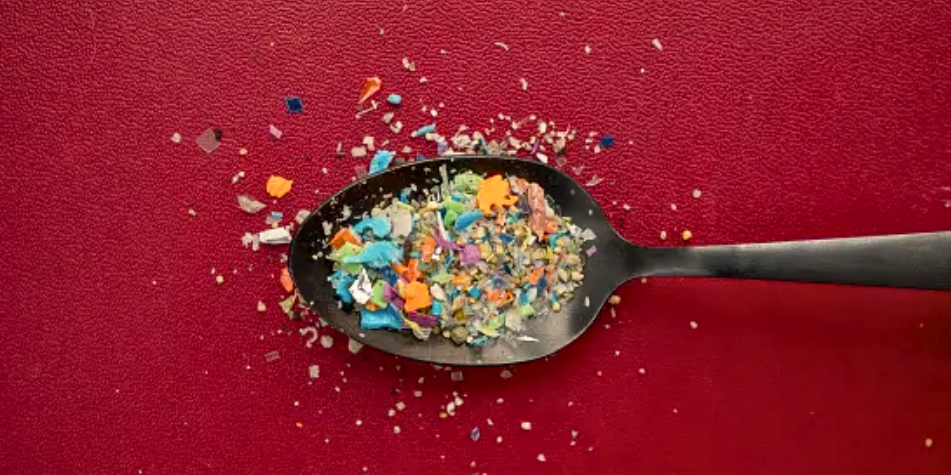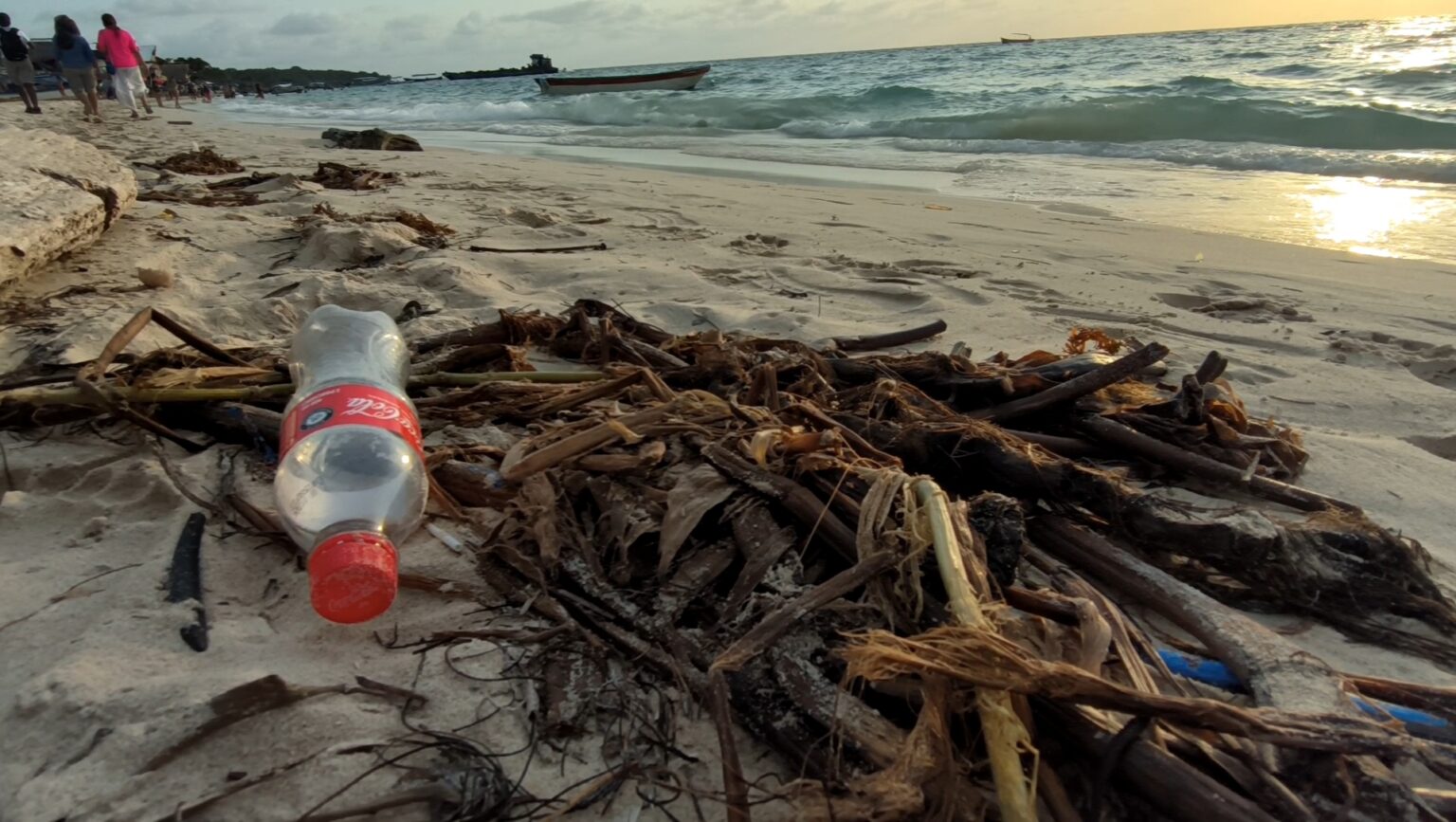Is it possible to avoid consuming microplastics? A Colombian scientist who led a study on the presence of these contaminants in the placenta answers.

The presence of microplastics in the human body occurs even before birth. This is confirmed by a pioneering study in Latin America, led by the National University of Colombia (Manizales campus), the University of Caldas, and the SES University Hospital of Caldas, which detected these contaminants in human placentas. The study, which analyzed samples from 12 women with different birth patterns and medical protocols, found microplastics on both the fetal and maternal sides, as well as in the umbilical cord, demonstrating that exposure can begin even before birth.
The research, presented at the International Society for Environmental Epidemiology Congress, sheds new light on the effects these particles could have on maternal and fetal health. The study's director, Elisabeth Restrepo Parra, a physicist with a PhD in Materials Science and Technology and a full professor at the National University, was also part of the group of researchers who participated in the reports for the Plastics Action Platform, a partnership between the Ministry of the Environment, the World Economic Forum, and the United Kingdom government.

Elisabeth Restrepo Parra, physicist, PhD in Materials Science and Technology. Photo: Santiago Felipe Ignacio Lopez A.
Restrepo warns that the effects of microplastics on human health are still poorly understood. "We are at the diagnostic stage," she states. The scientist emphasizes that research resources in developing countries are limited, which has hindered progress in this area.
In an interview with EL TIEMPO, the scientist analyzes whether it's possible to avoid the consumption of microplastics, explains how exposed we are, and why a global response is required to address a contaminant that already circulates through the air, water, food... and now, also, through the placenta.

The average person could be ingesting up to 5 grams of microplastics per week. Photo: iStock
Because until now, we thought we acquired these microplastics through everyday life and contact. But the fact that they're in the placenta and fetuses means we already carry them. And these plastics, ultimately, are contaminants that enter the body and can cause health problems.
Is it possible to avoid the consumption of microplastics? No. To prevent microplastics from reaching organisms, we would have to develop a strategy that, in my opinion, is aggressive, involving various entities, primarily government entities, with regulations that improve air quality, for example, and that promote the development of less polluting plastic products.
Does that mean it doesn't depend on individual behavior? That's right. It's a very difficult issue, because plastics are in our lives; we're surrounded by them, and we need them. It would have to go hand in hand with regulations, but above all with a lot of research that allows us to identify technical strategies to reduce these pollutants. It's not something a person can control alone. Maybe someone decides not to eat packaged foods, but they don't know how the process went before they got their hands. Or the water they drink, or the air they breathe: we can't avoid it.

Various studies have identified microplastics in the Atlantic and Pacific oceans. Photo: UIS Communications Directorate
The studies are just beginning. Furthermore, they require significant financial support. In Colombia, some progress has recently been made thanks to resources from the Ministry of Science and the General Royalties System. But a major barrier to further research in a developing country is the limited resources available. Globally, there hasn't been much progress either. This is a new topic. Microplastics have been studied in fish and other environments, but not so much in humans. That's why we are pioneers in Colombia and Latin America.
And how much is known about how they affect human health? That study hasn't been done yet because it's a very new topic. We're just at the diagnostic stage: knowing that they exist and that they're present from birth. To understand how they affect living beings, we need to conduct long-term studies, measure quantities of plastics, and monitor people. Some preliminary studies suggest they can cause cellular obstruction, that is, block the tubes through which cells feed or breathe. This is harmful to cells, and therefore, to us.
What is the next step in your research? We're studying whether microplastics are associated with pathologies during pregnancy, such as preeclampsia or premature birth. We've already identified that they're present in the placenta, most likely in the fetus, and there are also studies that have found them in breast milk. In other words, we continue to consume them. Now we want to see if there's a correlation with certain diseases.
What should the authorities do in response to these findings? This requires the unity of many actors. A single government cannot mitigate this effect, because we all consume air. We must work together at a global level. And it's key to work with scientists, because these studies require specialized technical knowledge. Based on this research, public policy must be created—but a global policy, because plastics are everywhere, and their waste contaminates rivers, soil, fish, plants, and so on, and this bioaccumulates.

The study identified microplastics in the human placenta. Photo: iStock
I insist on the importance of seeking resources and funding to develop these projects. They are essential for human health and the health of the planet. We must continue investing in health and environmental research, because they lead to important discoveries like this. And, above all, we must unite to work together.
Environment and Health Journalist
eltiempo





